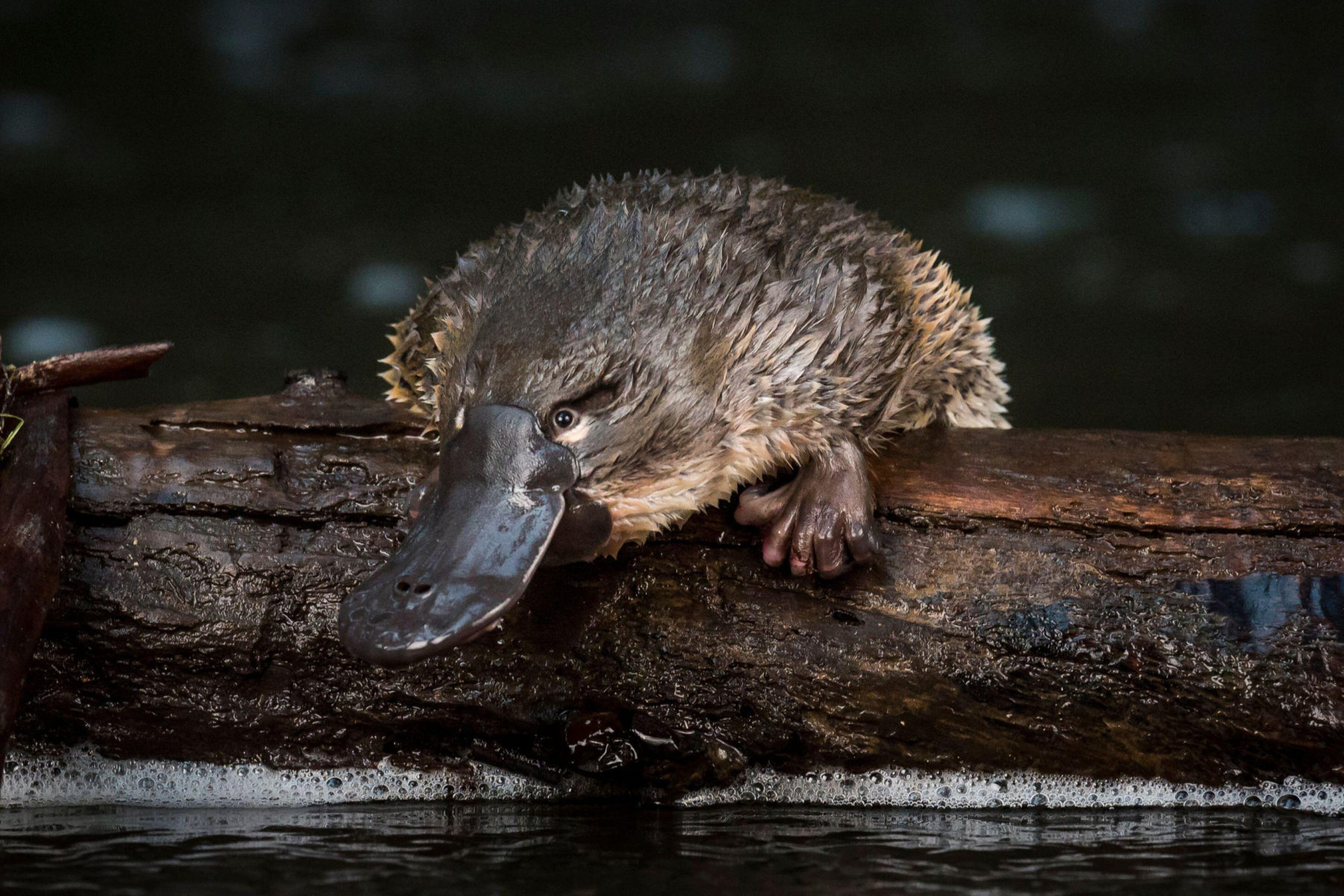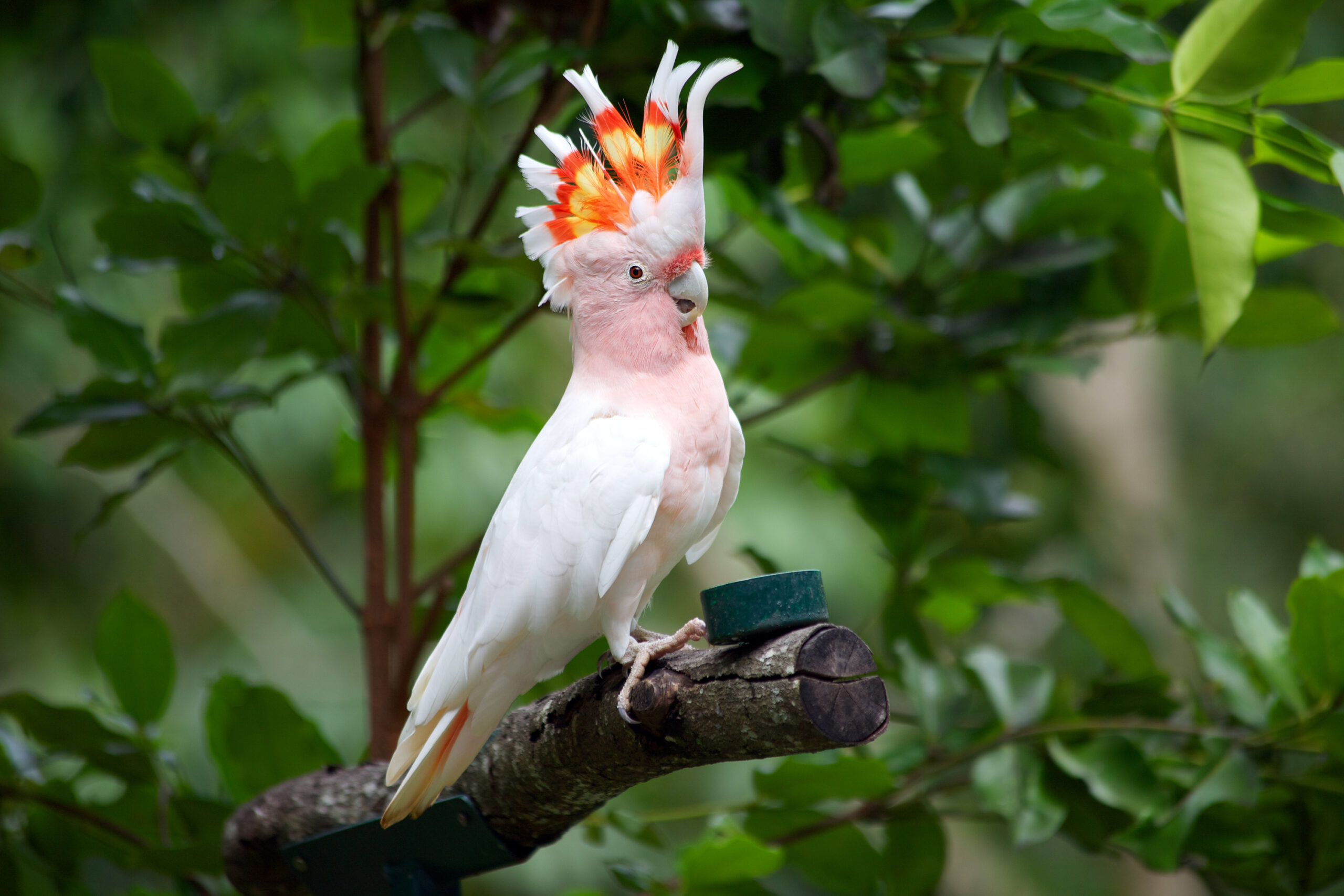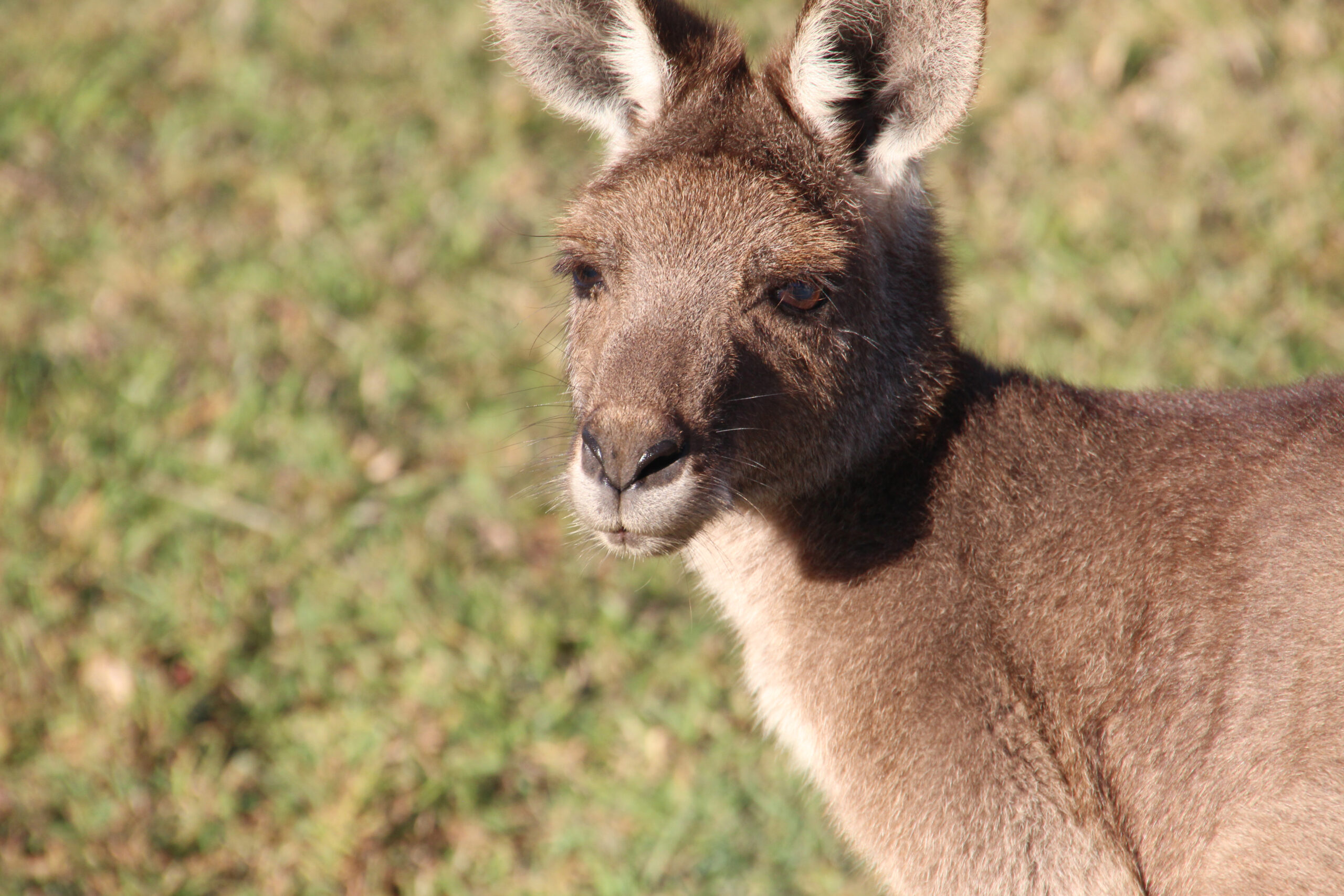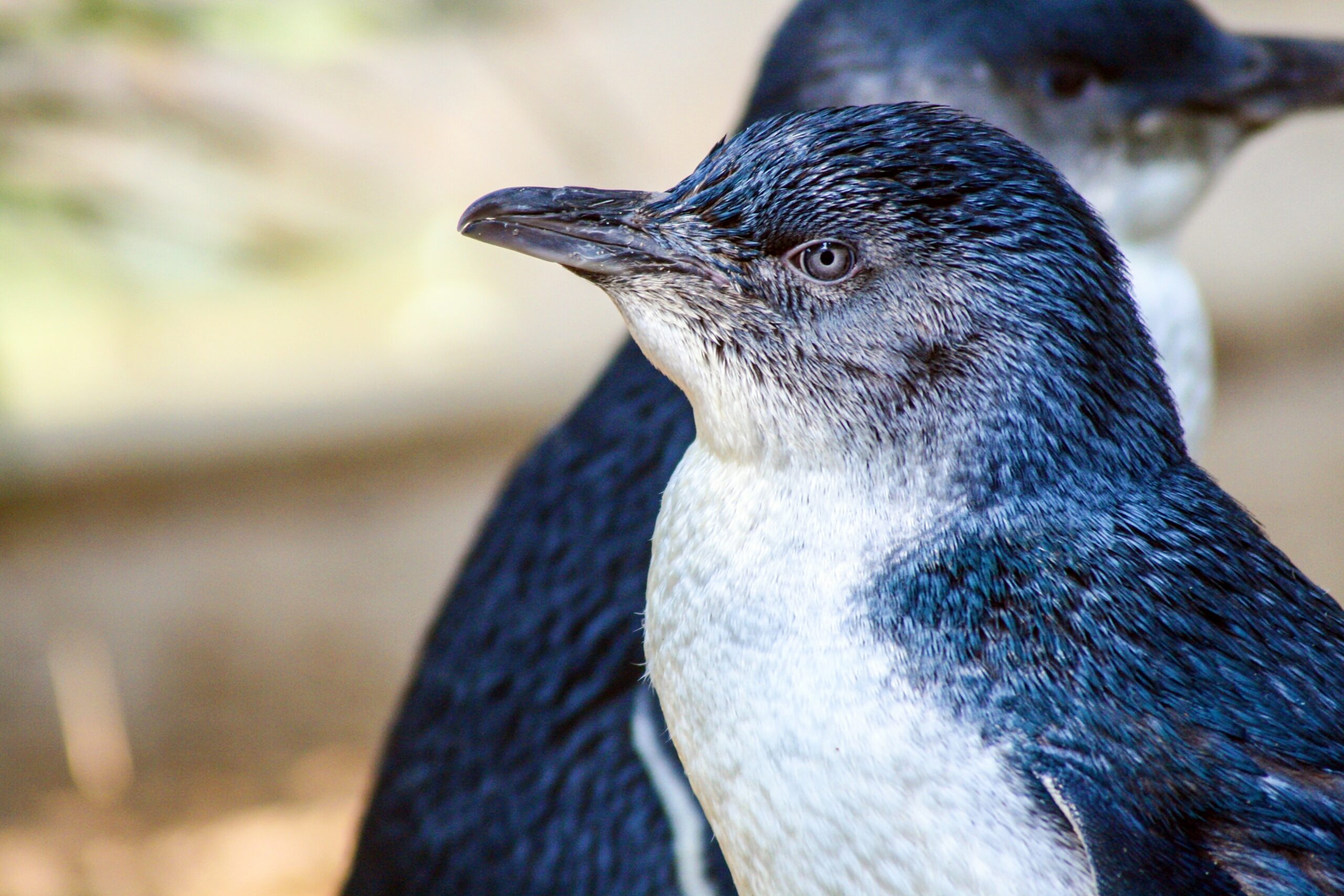| Common name | Platypus |
| Scientific name | Ornithorhynchus anatinus |
| Type | Mammalia (Mammals) |
| Diet | Carnivorous – primarily aquatic invertebrates such as insect larvae, worms, freshwater shrimp and yabbies |
| Average lifespan | Up to 20 years in the wild |
| Size | 38–60 cm in length; males are generally larger than females |
CONSERVATION STATUS (Australia): Not threatened – As at June 2025
One of the more unusual animals on record, the platypus is a true combination of bits of this and bits of that. The end result? A unique Australian species that once had scientists stumped as to what it really was.
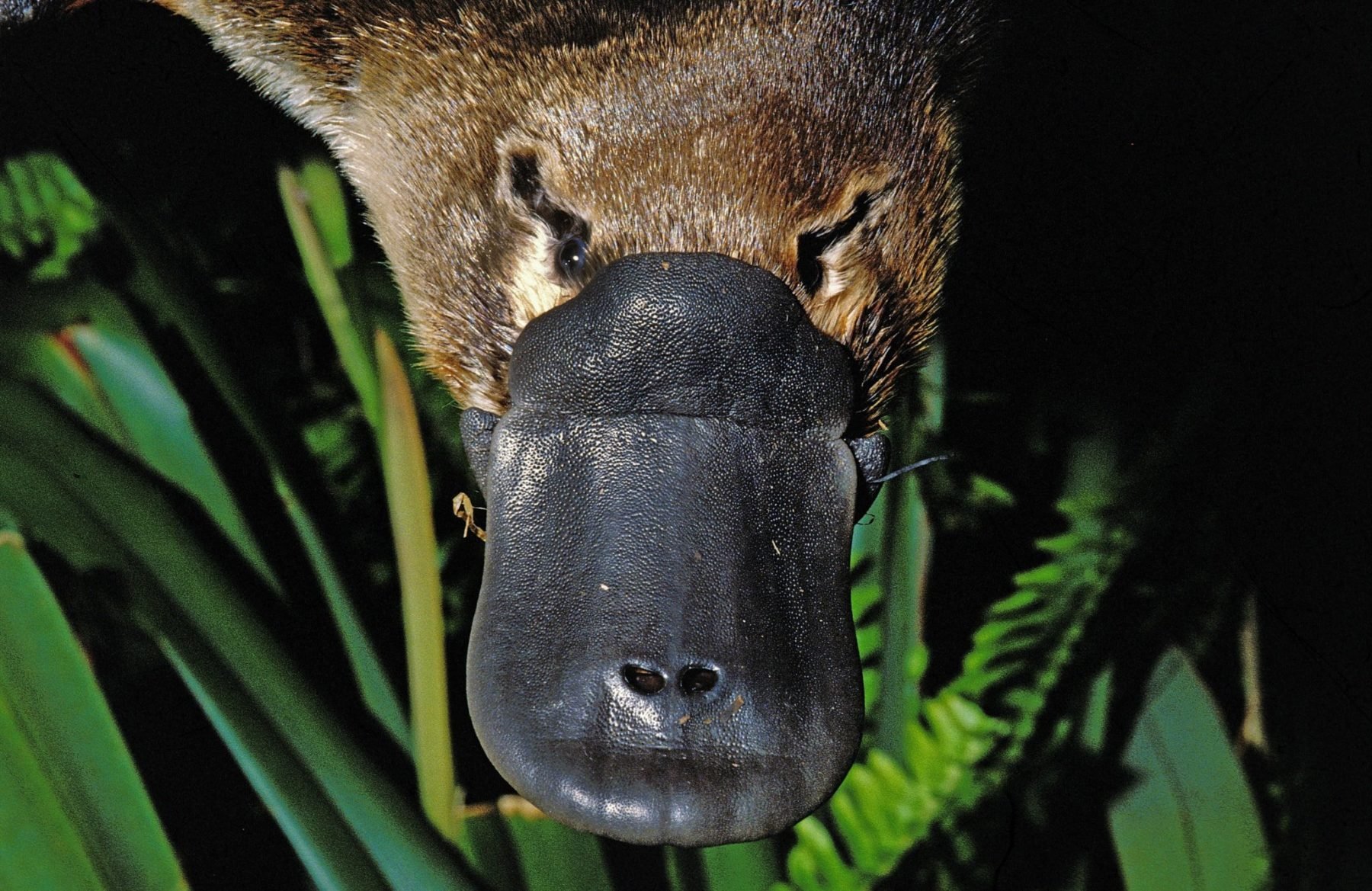
With its duck-like bill, beaver-like tail and webbed feet, the platypus is one of Australia’s most iconic and unusual native animals. This egg-laying mammal is found only in eastern Australia and Tasmania, where it plays an important ecological role in freshwater environments.
The platypus’s unusual combination of features baffled early European scientists who, when presented with a pelt and a drawing of the creature by early colonial representatives in 1799, concluded that its existence must be a hoax.
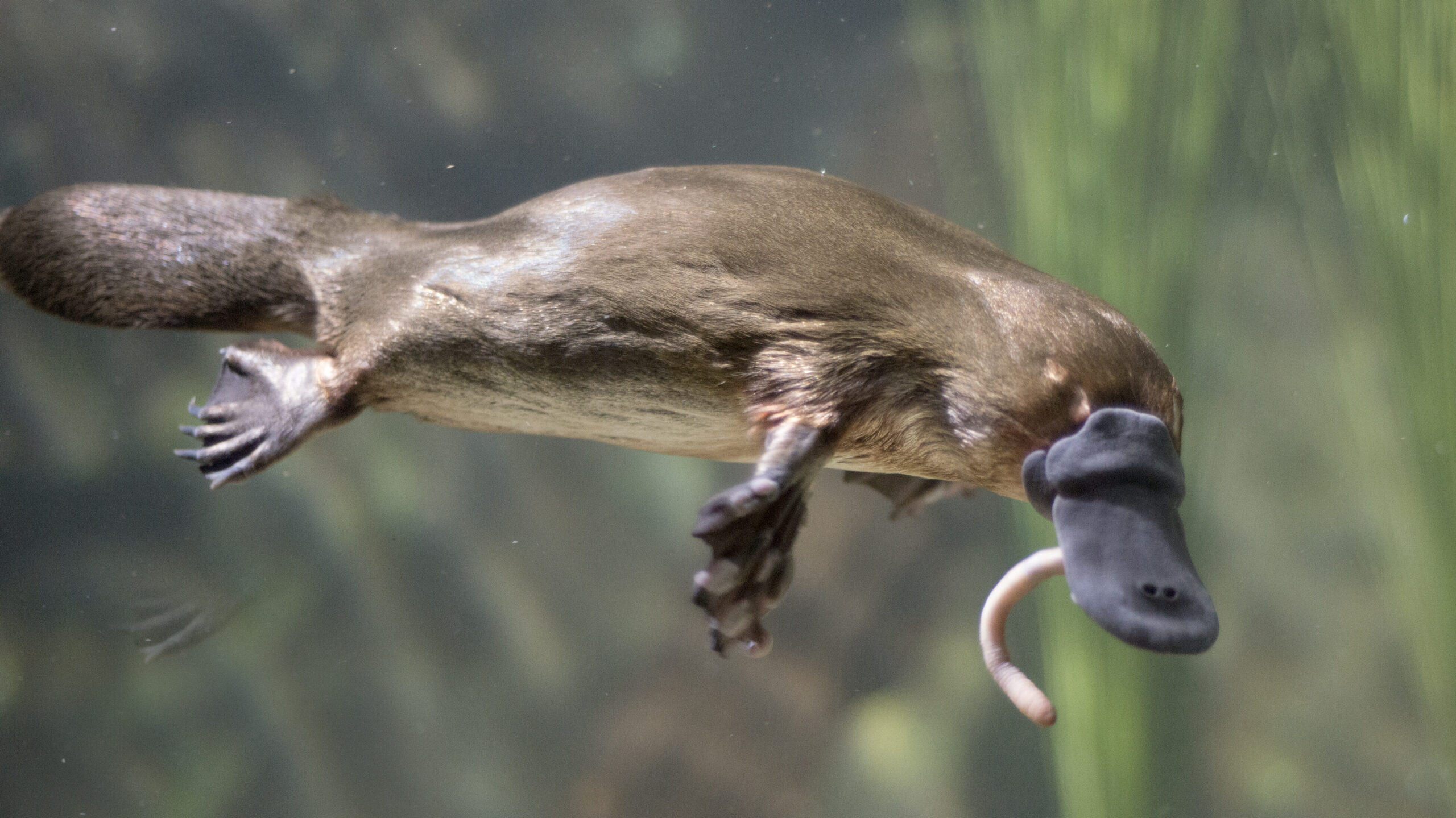
Habitat
Platypuses live in freshwater ecosystems including rivers, streams, lakes and billabongs. They construct burrows in the banks of water bodies and prefer areas with healthy riparian vegetation. They are highly sensitive to water quality and rely on clean, unpolluted waterways.
Distribution
The platypus is found along the eastern coast of Australia, from Far North Queensland through New South Wales and Victoria to Tasmania. While they’re widespread, populations are patchy and declining in many regions due to environmental pressures.
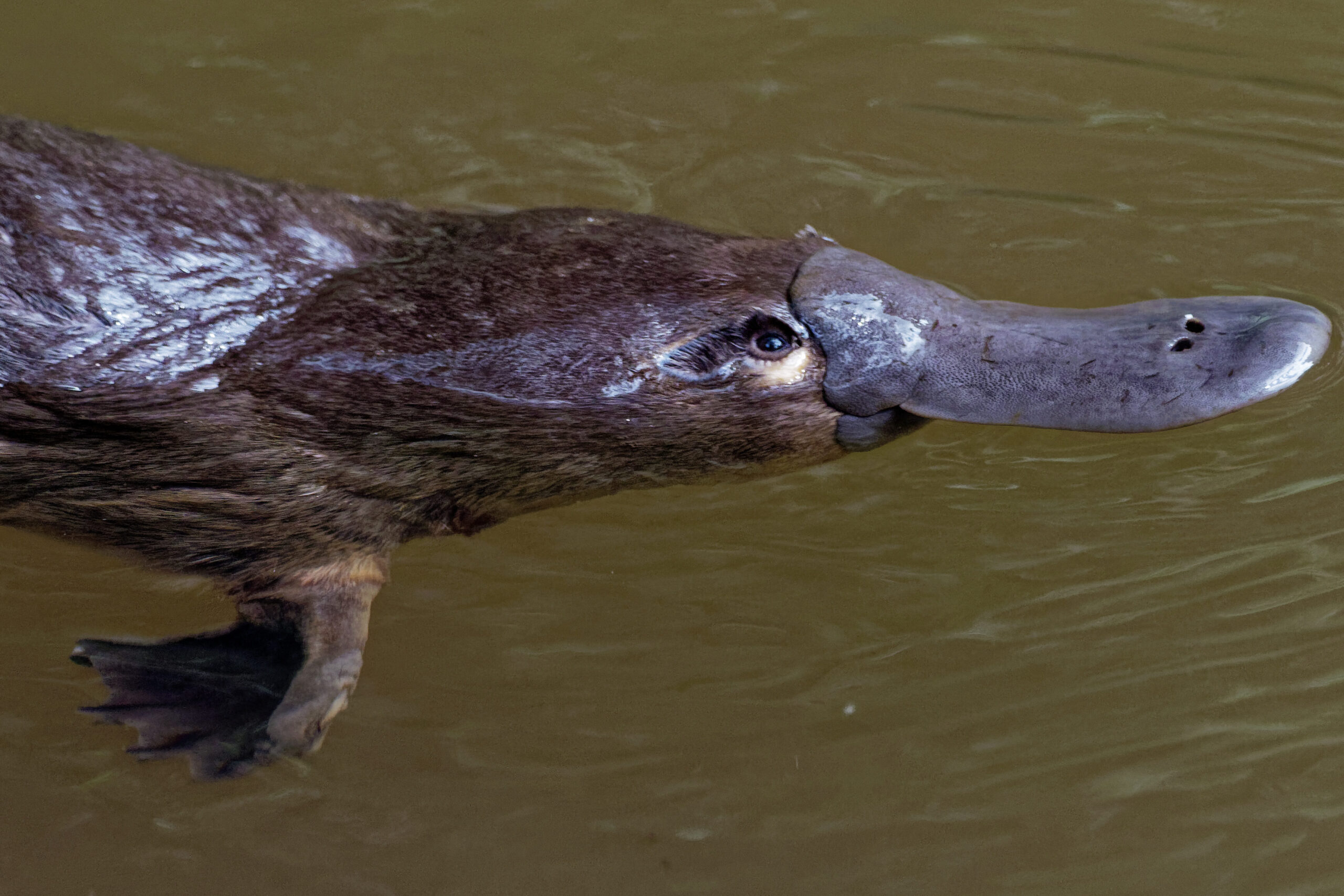
Conservation status
Though often thought of as common and not officially listed as threatened under Australia’s EPBC Act, platypus populations are declining, particularly in urban and agricultural areas. Habitat degradation, water extraction, land clearing and pollution have all contributed to their vulnerability. Conservationists now consider the platypus to be Near Threatened and are calling for increased protections. It is already listed as Near Threatened internationally (on the IUCN Red List).
Threats
Major threats include habitat destruction, riverbank erosion, dams and weirs disrupting water flows, entanglement in litter and fishing lines, predation by introduced species like foxes and dogs, and the impacts of climate change. Platypuses are also highly susceptible to changes in water quality.
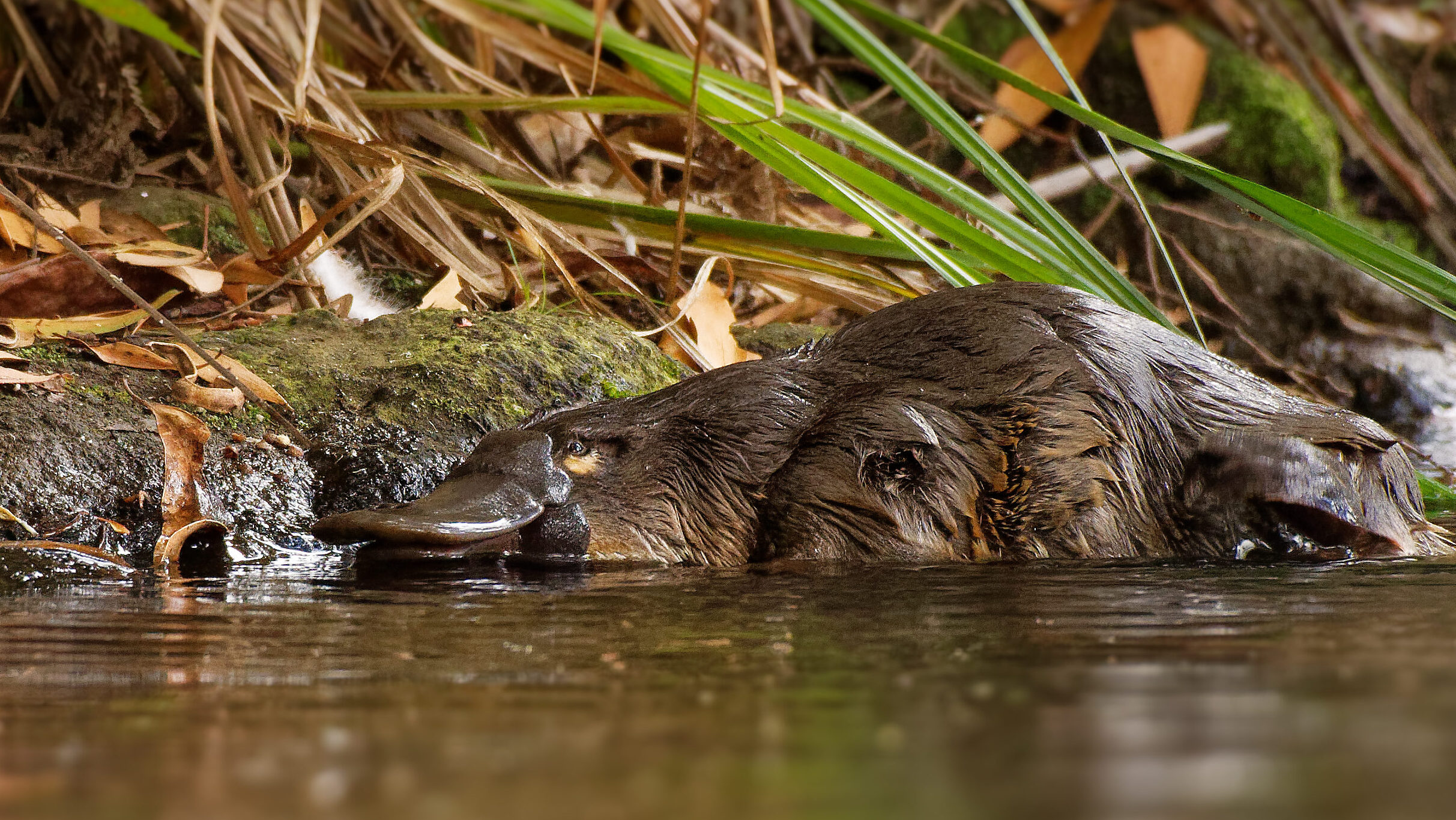
Reproduction
Breeding season occurs between June and October. Females lay 1–3 eggs in an elaborate nesting burrow and incubate them by curling around them. After hatching, the mother nurses her young for about four months before they emerge from the burrow.
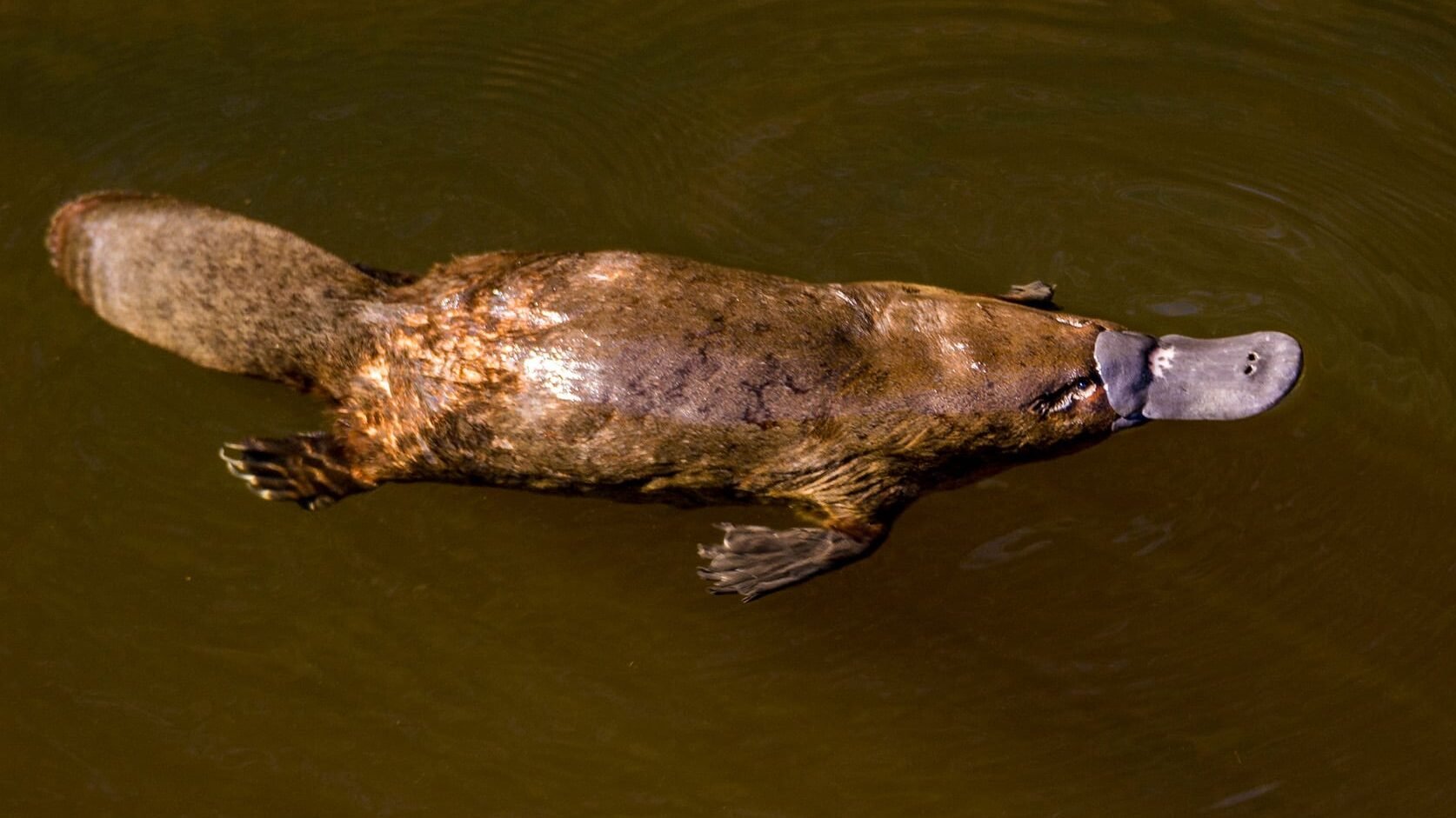
Fascinating fact
The platypus is one of only five extant species of monotremes (egg-laying mammals), alongside four species of echidna. Male platypuses possess venomous spurs on their hind legs – a rare trait among mammals – and, while the venom isn’t lethal and attacks on humans are rare, it’s known to cause severe pain that is resistant even to morphine.
